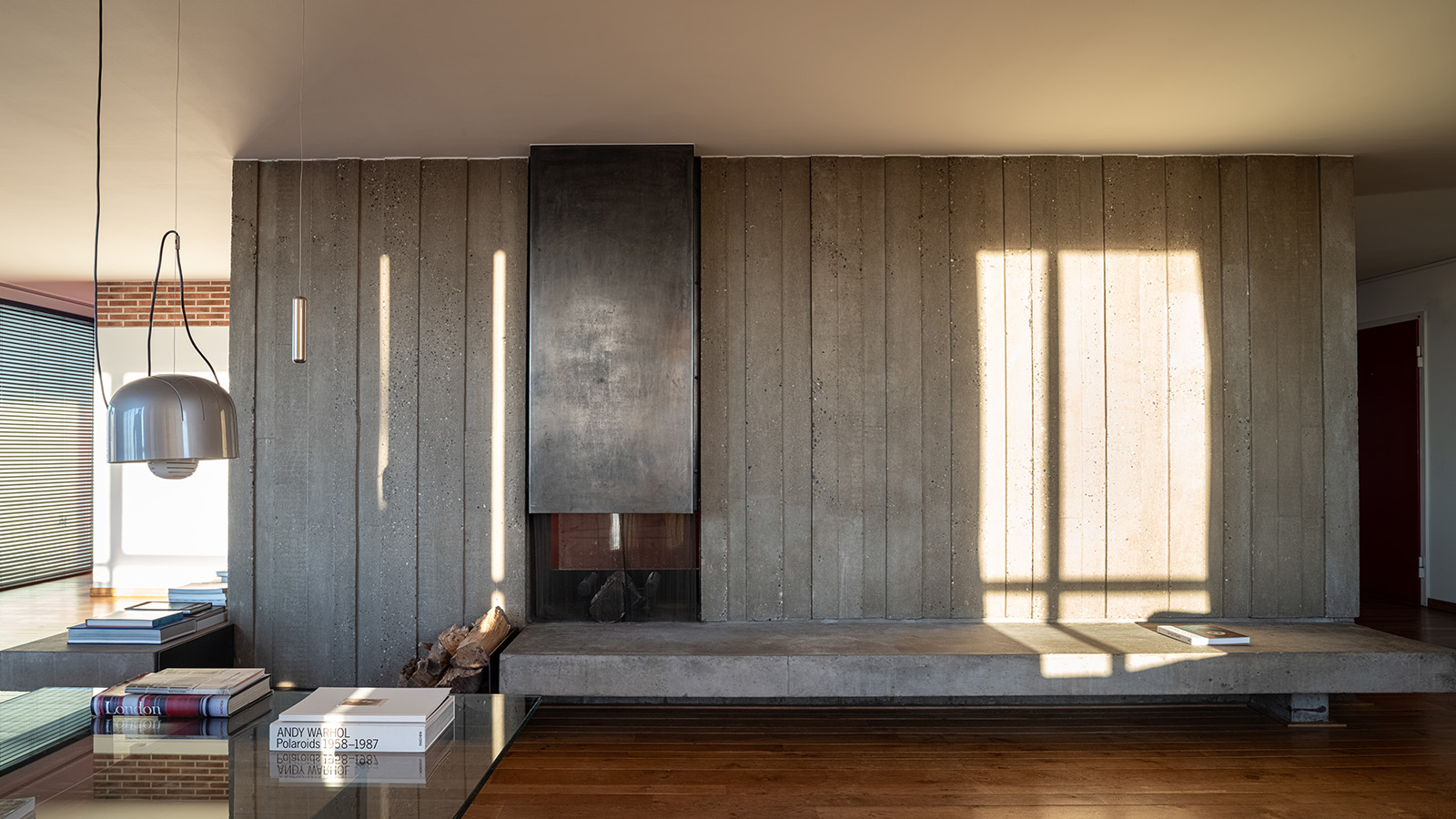
Belgian designer Christophe Gevers (1928-2007) has been celebrated among his peers for his intricate craftsmanship, architecture and interiors. Known for his tri-colour palette of primary hues, often unexpectedly injected into products and space, Gevers may feel less familiar to wider audiences than other figures in 20th-century and modernist architecture; but now, a new book dedicated to his portfolio, carefully selected and photographed by Jean-Pierre Gabriel, puts a spotlight to his oeuvre.
The meaty tome, spanning over 400 pages and 500 photographs, presents the designer's life’s work, some examples of which have been kept private until now.
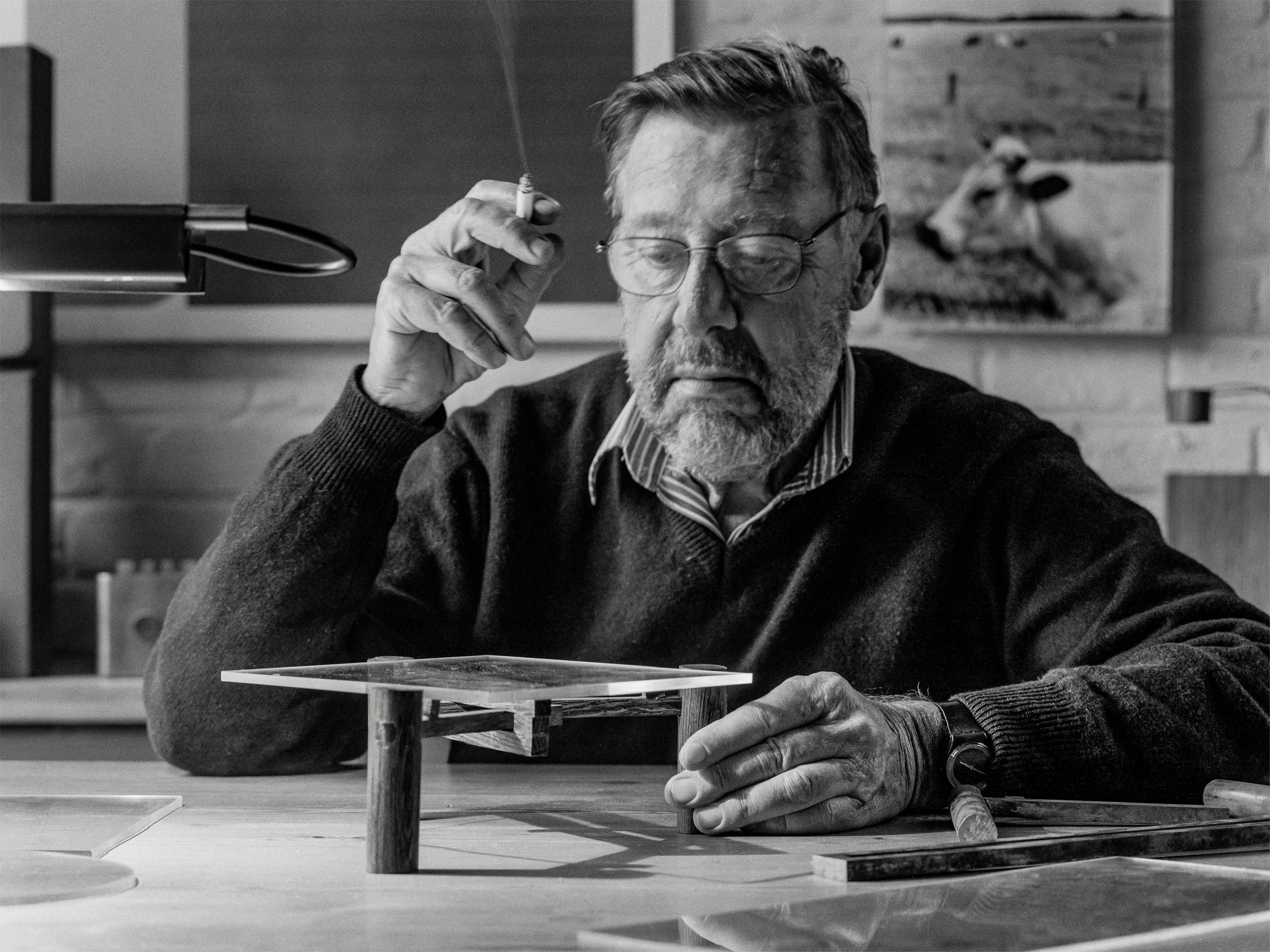
‘Christophe Gevers’ by Jean-Pierre Gabriel
Gevers was known as ‘The Maker’ in his local, 20th-century architecture and design scene. Yet, Gabriel feels the term ‘Fabricator’ is a more apt description for the designer, whose love of craft combines an artistic approach, technical skill, and attention to detail. His work stands out for his knack for merging the large and the small, space and products, developing projects from the inside out in his trademark practice of 'interior architecture'.
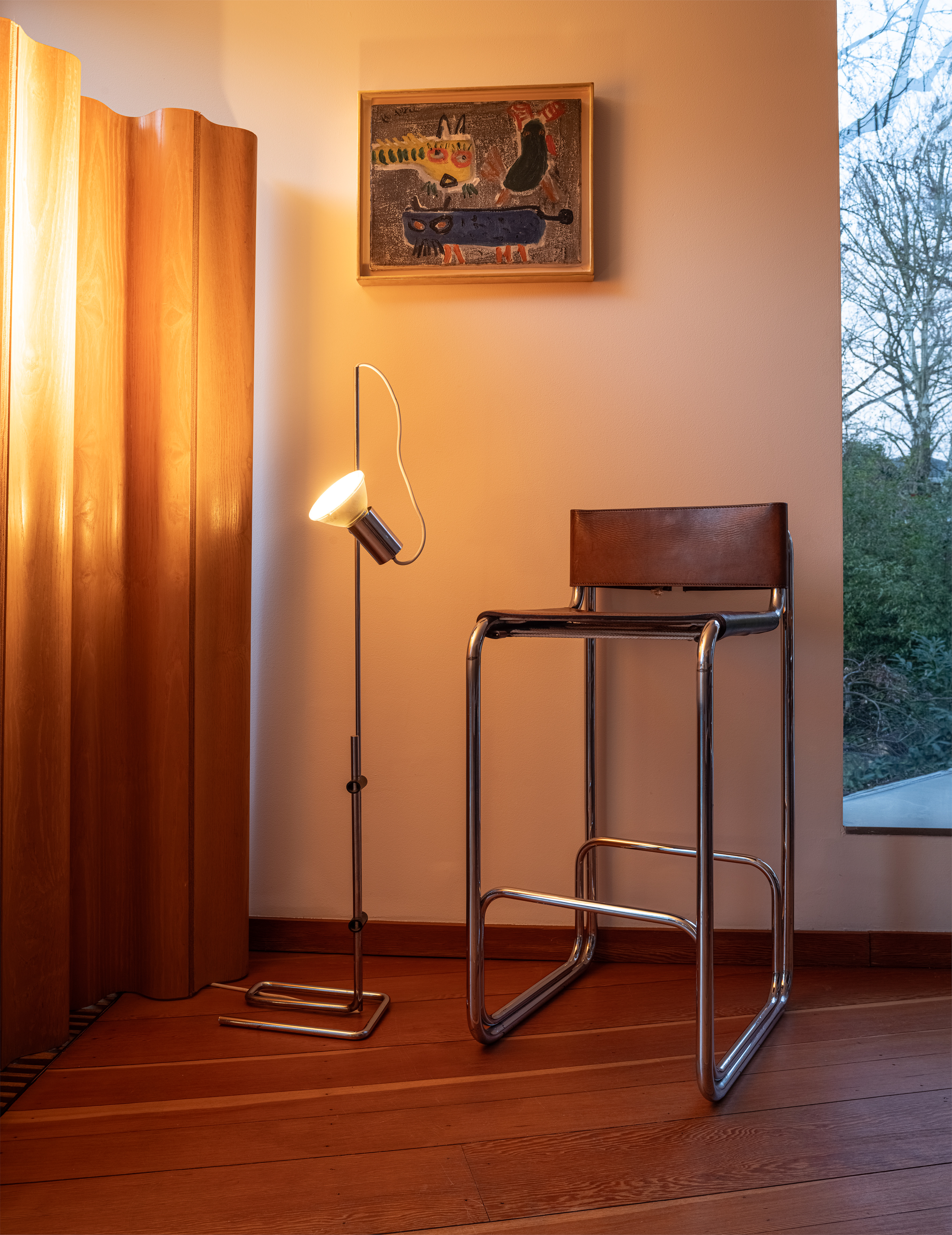
An unlikely midcentury precursor of today's 'unexpected red theory' (an interior design approach that uses a splash of red to elevate a space, especially in areas where it doesn't 'make sense'), Gevers thrived in harnessing the power of primary colours. His pops of rich navy and golden yellow add a modernist feel to his interiors, which often contrast against historic buildings and more textured materials such as stone walls.
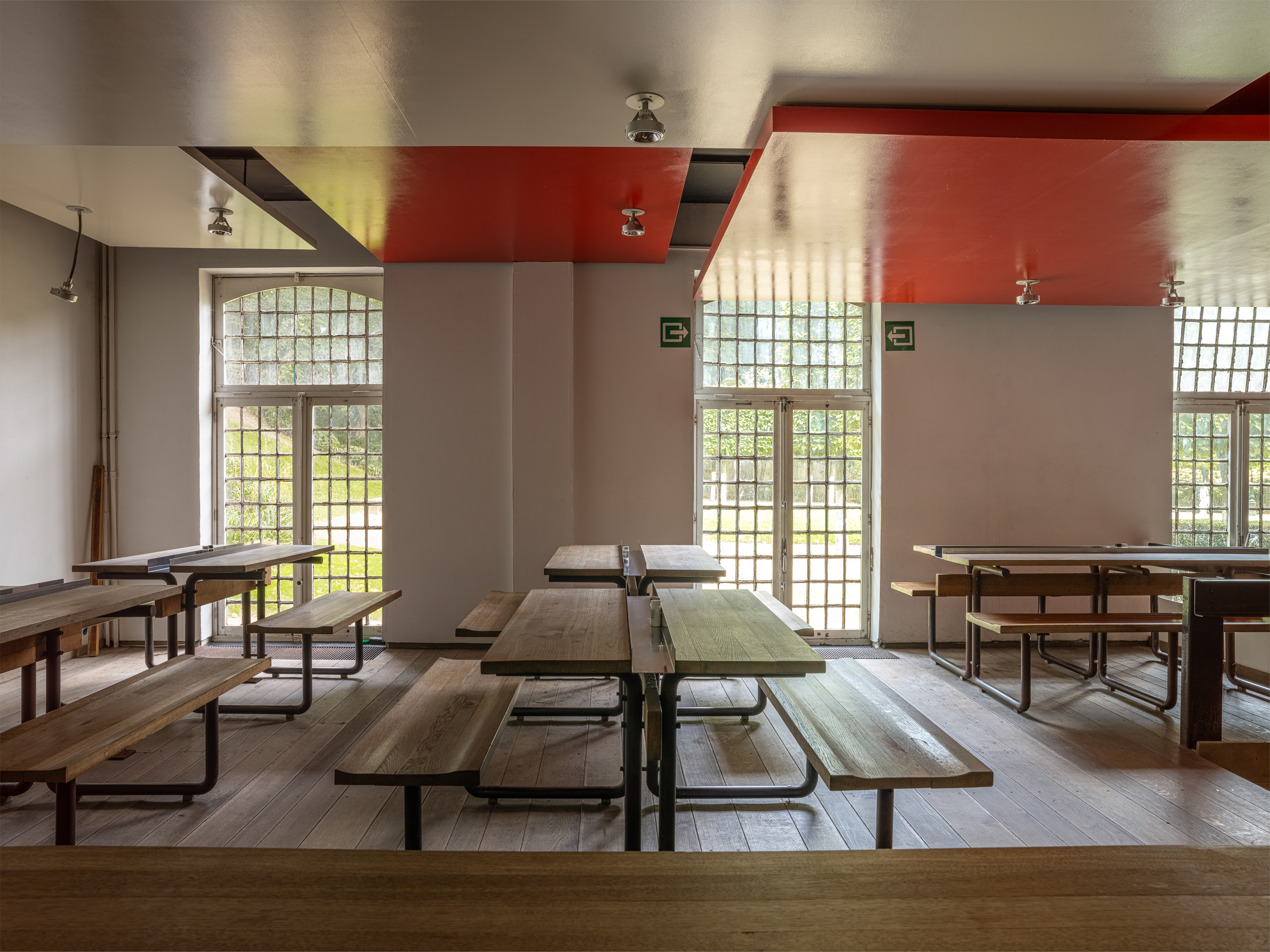
His spaces stand out for their livability and sense of comfort – yet at the same time, functionality was at the heart of Gevers' design process, whether that be in lighting, furniture, or residential interiors. Inviting the natural world to interact with his process, Gevers honed a style that is rich in organic materials, making compositions not only tactile and layered but also designed to last the test of time.
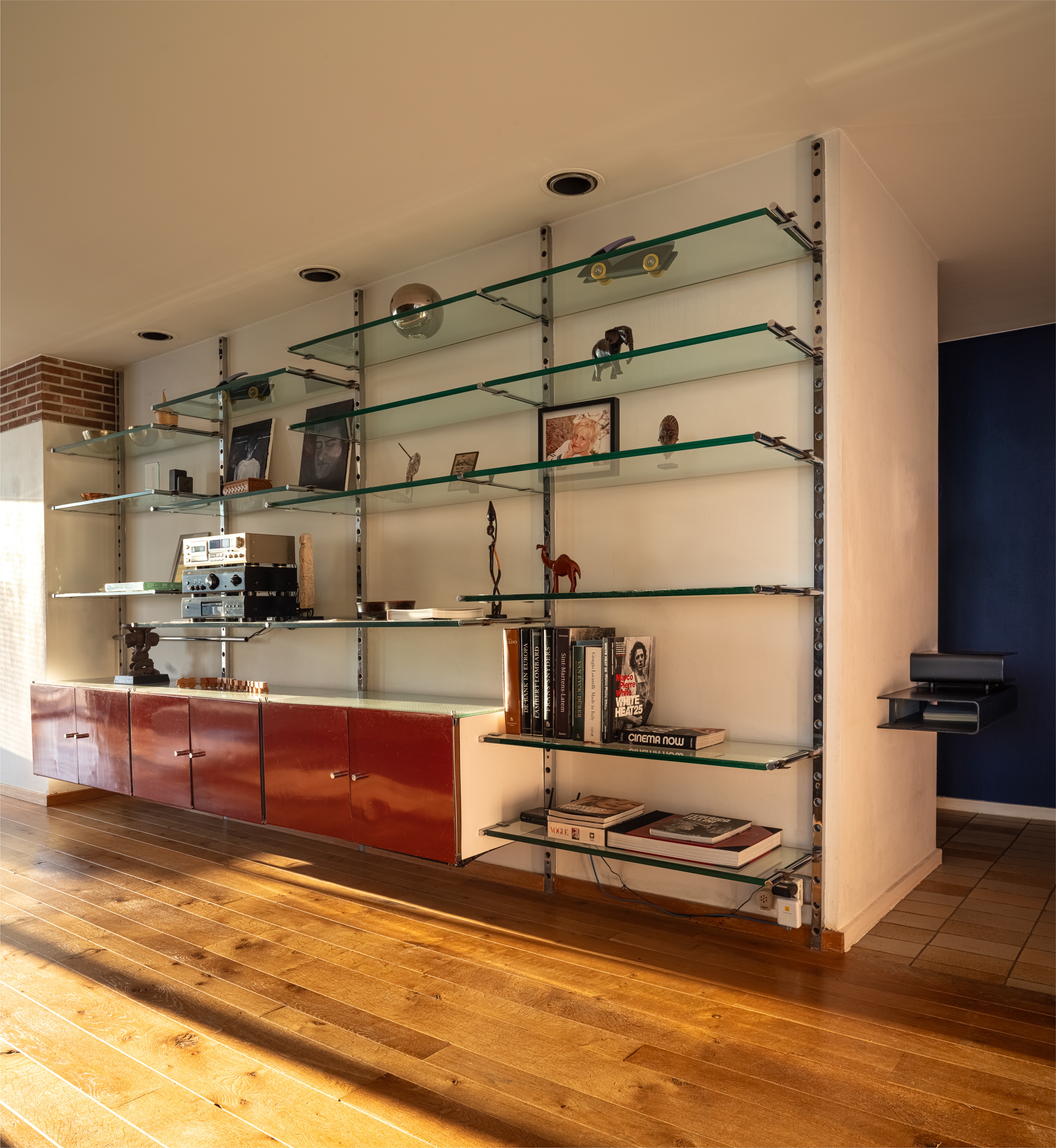
The monograph is arranged around five thematic sections. The reader first journeys through Gevers' architectural output, such as his residential projects at Ohain and La Garde-Freinet.
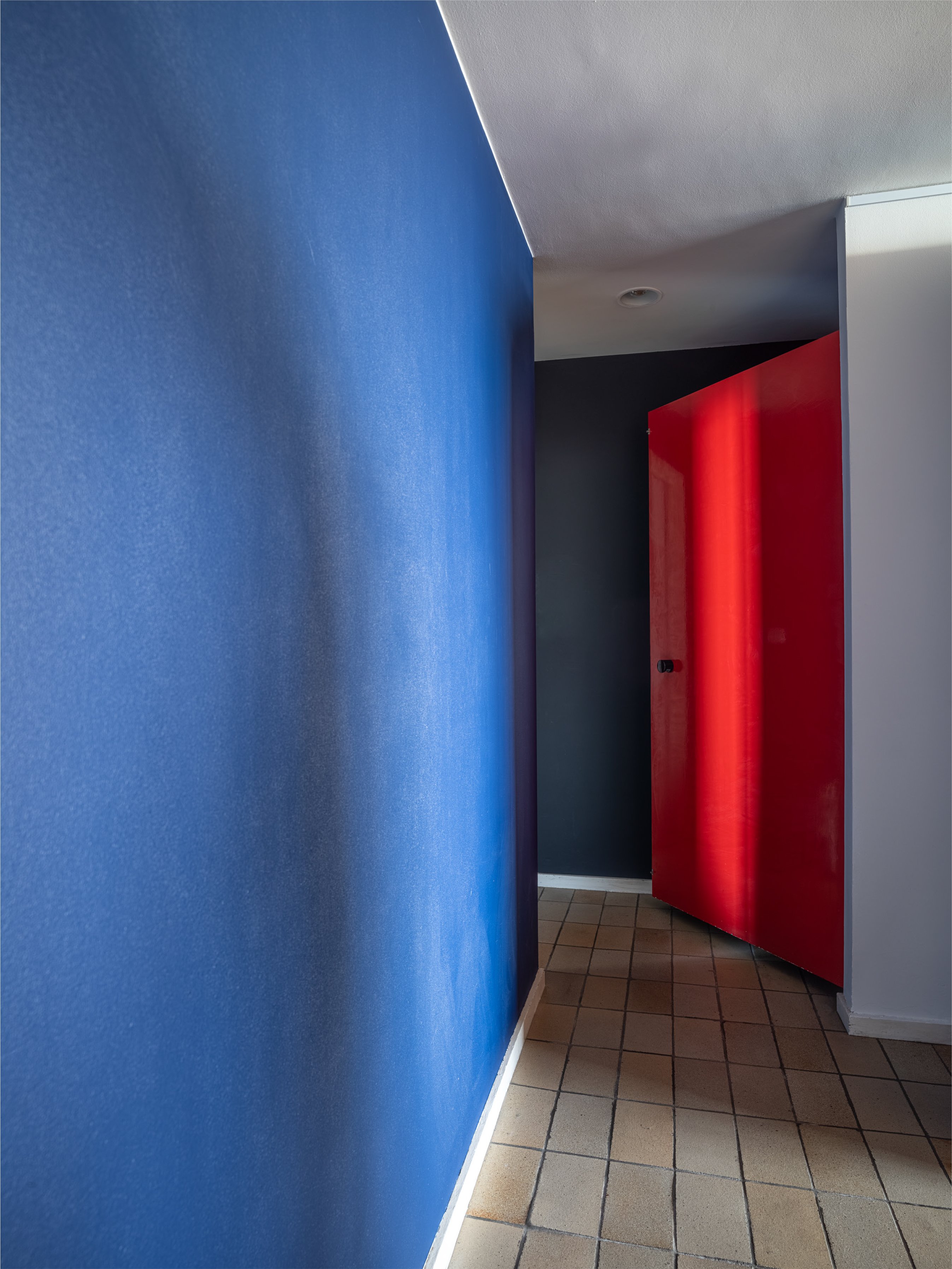
The book then delves into the designer's mentorship relationships, followed by his interior work through case studies including Une Maison dans les Bois, La Maison Double, and En dessous des toits.
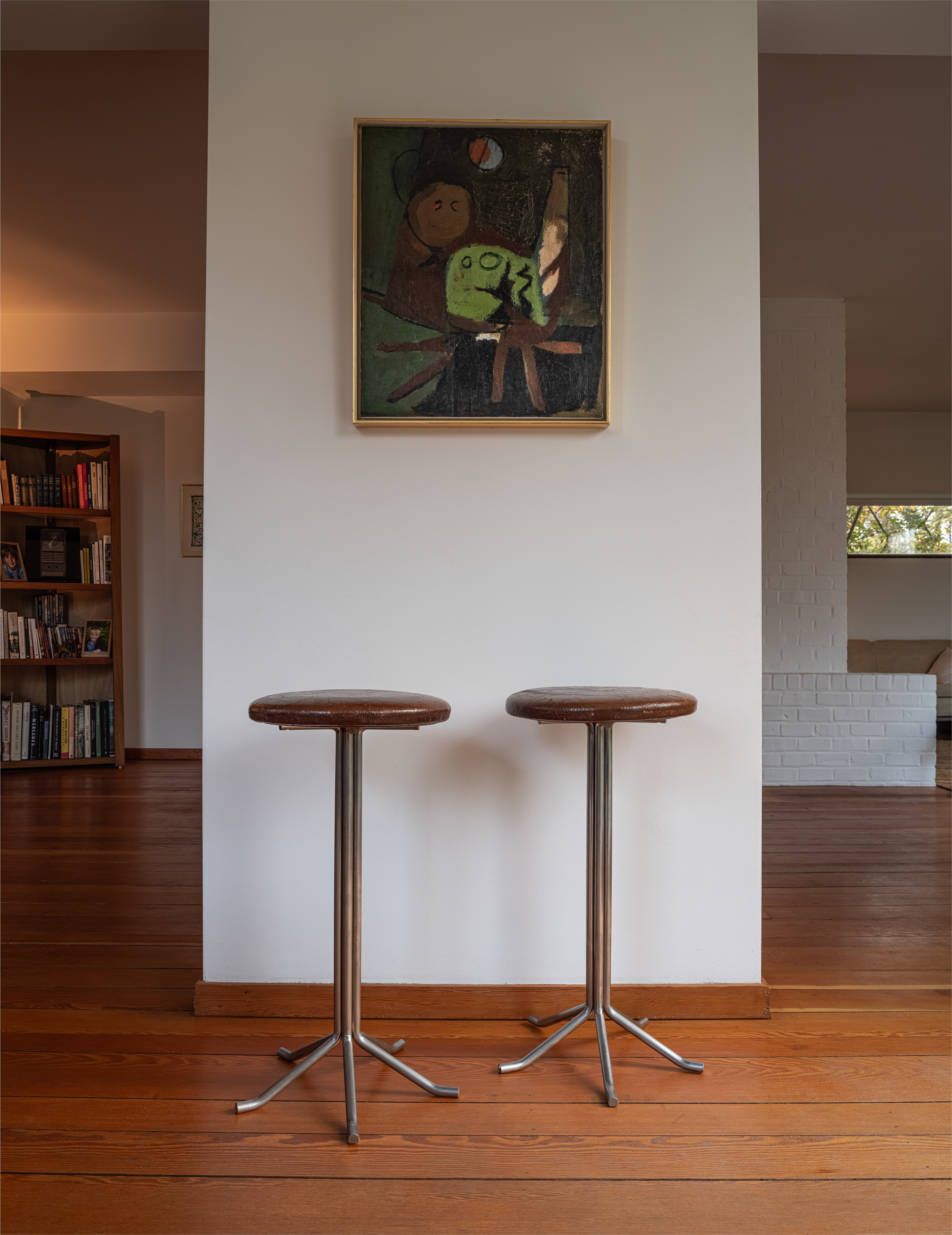
Restaurants, such as Au Vieux Saint Martin, are also included in this section – as is Gevers' iconic 1959 ‘TBA’ chair, which was exclusively reproduced for the restaurant LESS by Hertog Jan. The final chapter looks into Gevers’ portfolio in furniture, lighting and objects.
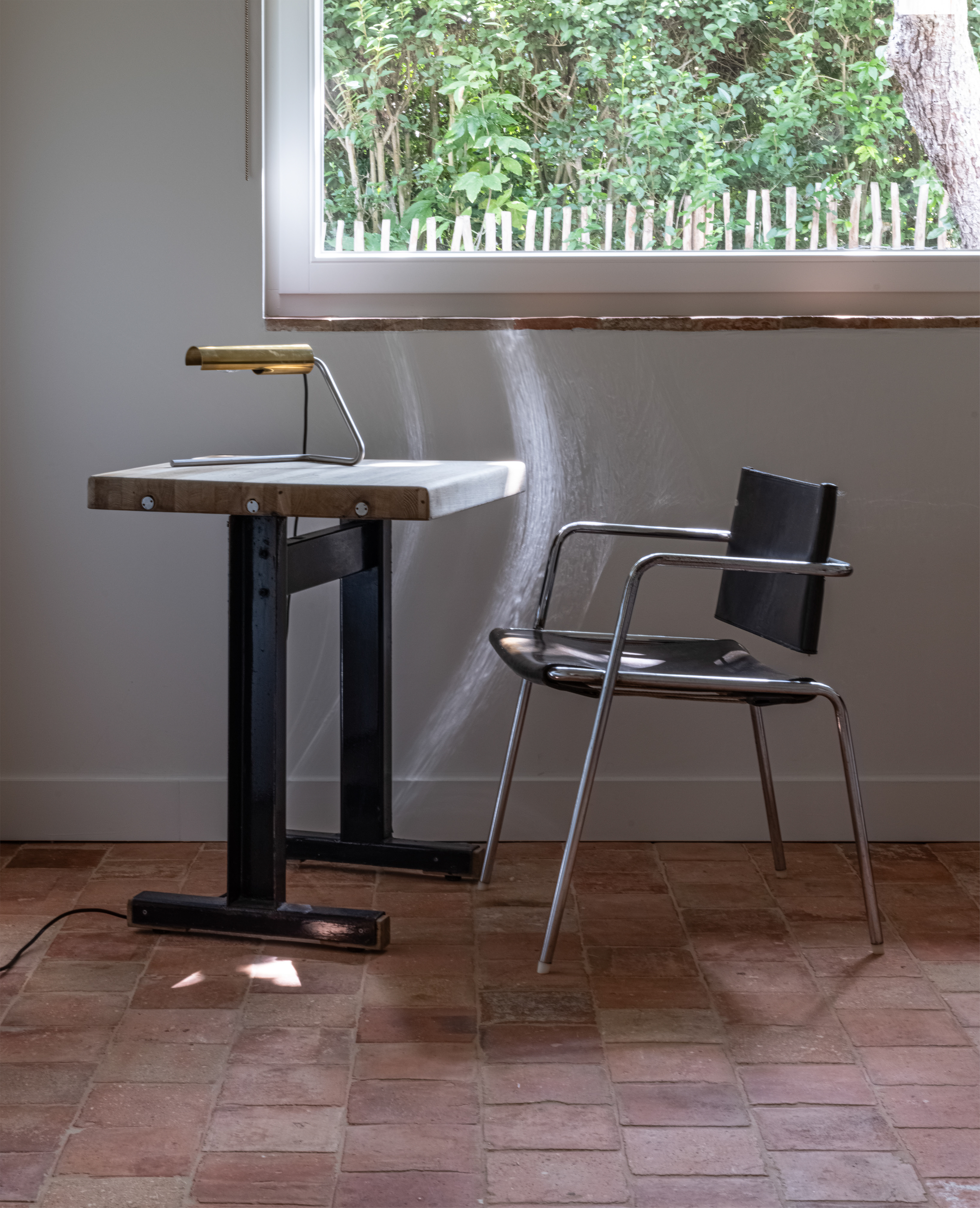
Architect Glenn Sestig penned a poetic foreword for the book, describing Gevers not just as a designer, but also as an 'interior sculptor'. He writes: ‘He sculpts shapes, volumes and materials and assembles them until they become furniture… Depending on the fittings and furniture, he can be placed in the tradition of Charlotte Perriand, Carlo Scarpa, Luis Barragán, Josef Hoffmann or Dom Hans Van der Laan.’
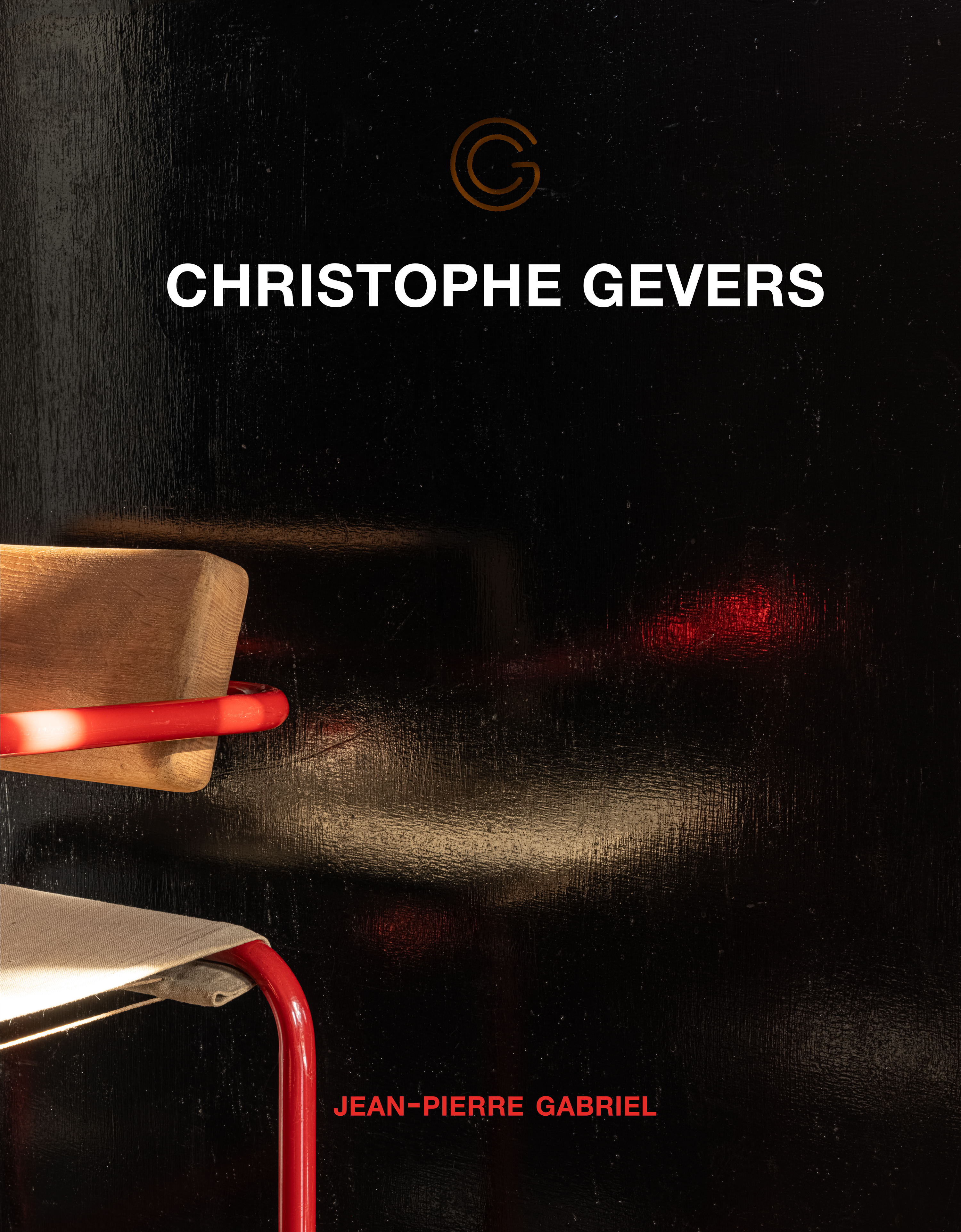
For where to buy the book, see jeanpierregabriel.eu







